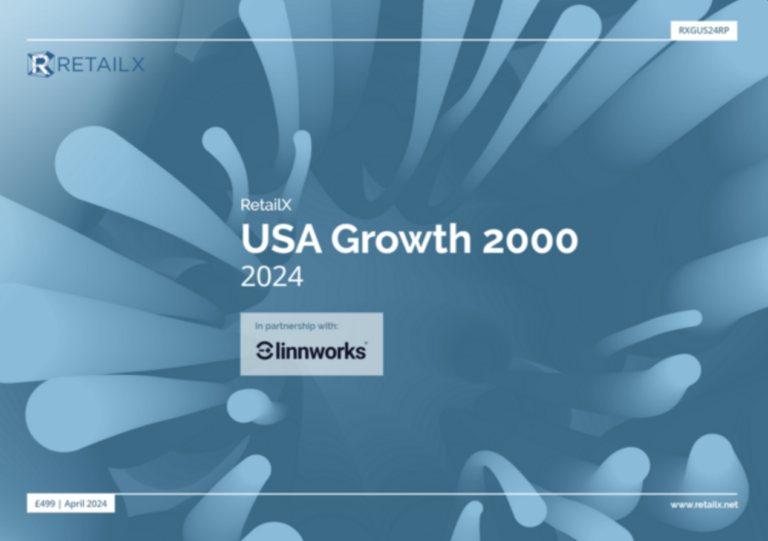Terry Murphy, director of the John Lewis National Distribution Centre (NDC), described the retailer’s approach to Black Friday at IRX 2017. Here are his key points.
The changing shape of Black Friday, and peak trading
Black Friday became an event for John Lewis, an Elite retailer in IRUK Top500 research, back in 2014, after awareness of the date started in 2013. Demand started to focus demand into sharper peaks, with more significant ‘events’. “Previously we thought Christmas was a gradual event,” said Murphy. “Black Friday has put an artificial spike in before Christmas that was spikier than anything else.” The OMG moment, he says, came in 2015, when there were three peaks before Christmas. The following year, “we planned the living daylights out of peak 2016.” One key challenge, says Murphy, is around price matching, as the retailer keeps to its ‘never knowingly undersold’ promise. “When other bricks and clicks retailers reduce a price on a tablet or a wireless speaker for Black Friday we have to price match it. The team works right through the night on Black Friday looking at the competition so we can price match – in 2016 we saw thousands of Sonos wireless speakers pumping through.” In 2016, more than half a million items were shipped on Black Friday, but the peak packing day is Cyber Monday. The busiest hour for Clearance was between 6pm and 7p on Christmas Eve, and on Christmas Day at 3pm there’s a conference call to discuss the day’s trading and look at the pent-up demand for Boxing Day.
Planning the event of the year
Planning for Black Friday starts on Black Friday the year before, says Murphy. That’s when the John Lewis logistics team asks how it would respond next year in the light of the current year’s experience. Every year there’s still a great deal of uncertainty about what it will bring, especially since around 70% of online demand in Christmas week is for ‘tomorrow’. “But we will plan Black Friday throughout the year because it’s the spikiest spike we’ve ever seen. We plan obsessively,” he says. That includes giving staff time off in September and October but then being fully staffed, with additional agency staff, in time for Black Friday. “The great thing is that Black Friday for us is our exam question. That’s the bit where it’s almost a case of well you can probably manage from Feb to Oct, not with your eyes shut but maybe blinking. When it gets to Black Friday if you’re a supply chain professional that’s what you live for. It is exciting, and exhilarating, and frightening. Our partners love the buzz of it and really want to deliver.” That said, it’s hard to predict demand.
Investment
Last year was the year that John Lewis consolidated distribution facilities into automated, centralised warehousing in Milton Keynes into which it invested £150m. As a result, says Murphy, “peak 2016 was the first time we tested a lot of the facilities, kit and software.” He added: “We’ve had to invest considerably… but you can’t just invest for Black Friday, even though some kit is only used for that day.” He says operational alignment is key to making it all work: if some parts of the pipeline can deal with half a million units a day, then all parts have to, in order to avoid bottlenecks. “We have to make sure the right products are across distribution centres in order to avoid spikes and bottlenecks. As far as we can we need to understand which products are ordered with other products. It’s about operational alignment, the intelligence, understanding the ‘what ifs’, the contingency.”
Reemergence of the store
Black Friday has been all about online in the last couple of years – but Terry Murphy predicts the store will become an important part of the event in years to come. He believes that will happen with the growth of ecommerce in the business, which is expected to reach 50% of its sales by 2020 at the latest, and with the rise of click and collect, already the most popular way for its customers to take delivery of ecommerce orders. “We know a significant proportion of transactions involve a shop,” he said, “and we know a lot of people buy something to match or an accessory in shop, while others try it on in shop and order online. Black Friday has been less impactful in shops in the last two years but I think that will come back as people want to test and try things.”









